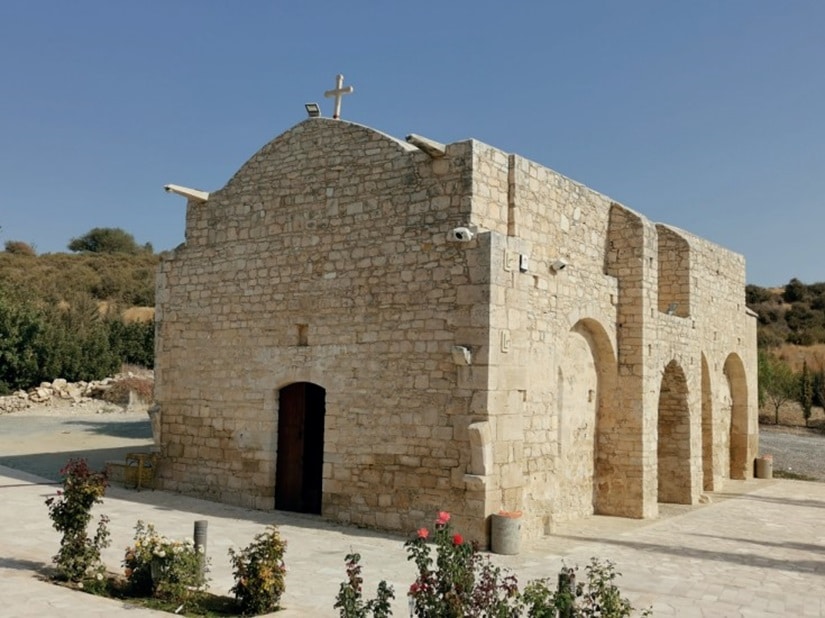Archaeologists believe they may have found evidence of a community of the Carmelite Order in areas excavated around the Panagia Karmiotissa church in Kato Polemidia in Limassol, the antiquities department said on Friday at the end of the first season at the site.
The Carmelites, or Order of the Brothers of the Blessed Virgin Mary of Mount Carmel is a Roman Catholic religious order for men and women. It was founded in the 12th century during the crusades when a group of hermits began to live in the caves of Mount Carmel in northern Israel and followed the teachings of the prophet Elijah.
By 1300 the Carmelites had spread out and had 150 houses in Cyprus, Italy, Spain, France, Germany, England, Scotland and Ireland. Experts say that few clear records of very early Carmelite history have survived.
The excavation took place at the area surrounding the church under the direction of Dr Andreas Nicolaides and Dr Margot Hoffelt. The project is the result of two years of collaboration between the Eratosthenes Centre of Excellence of the Technological University of Cyprus and the CNRS Laboratory of Medieval and Modern Archaeology in the Mediterranean Area, with the support of the Cyprus department of antiquities.
According to the antiquities department, the site was suspected to be Carmelite and dating from the 13th century.
“The church still existing, if one studies its architecture, cannot be older than the 14th century though,” it said, adding that it was therefore necessary to get to the underlying layers in order to investigate the stratigraphical potential of the area.
Three test pits were implemented: two in the northern terraces and one behind the church chevet. In the most eastern terrace pit, at least three occupation levels were observed. The ceramics, collected on the intermediary one, indicate that it dated back to the 13th century, “confirming an occupation of the site at a time which corresponds to the arrival of the Carmelites in Cyprus”.
In the most western terrace pit, two post-Byzantine occupation levels were identified. The first one showed the presence of several postholes. In the pit behind the church chevet, several human-sized pits oriented east to west “evoking emptied burial sites which may be part of the cemetery attached to the church”.
“The stratigraphic unit in which these pits were dug leant on a flight of stairs cut into the natural bedrock and oriented towards a location underneath the church chevet. This element, coupled with the ground penetrating radar surveys realised inside the church, suggests the existence of massive subjacent structures,” the department said, suggesting further excavation would be necessary.







Click here to change your cookie preferences